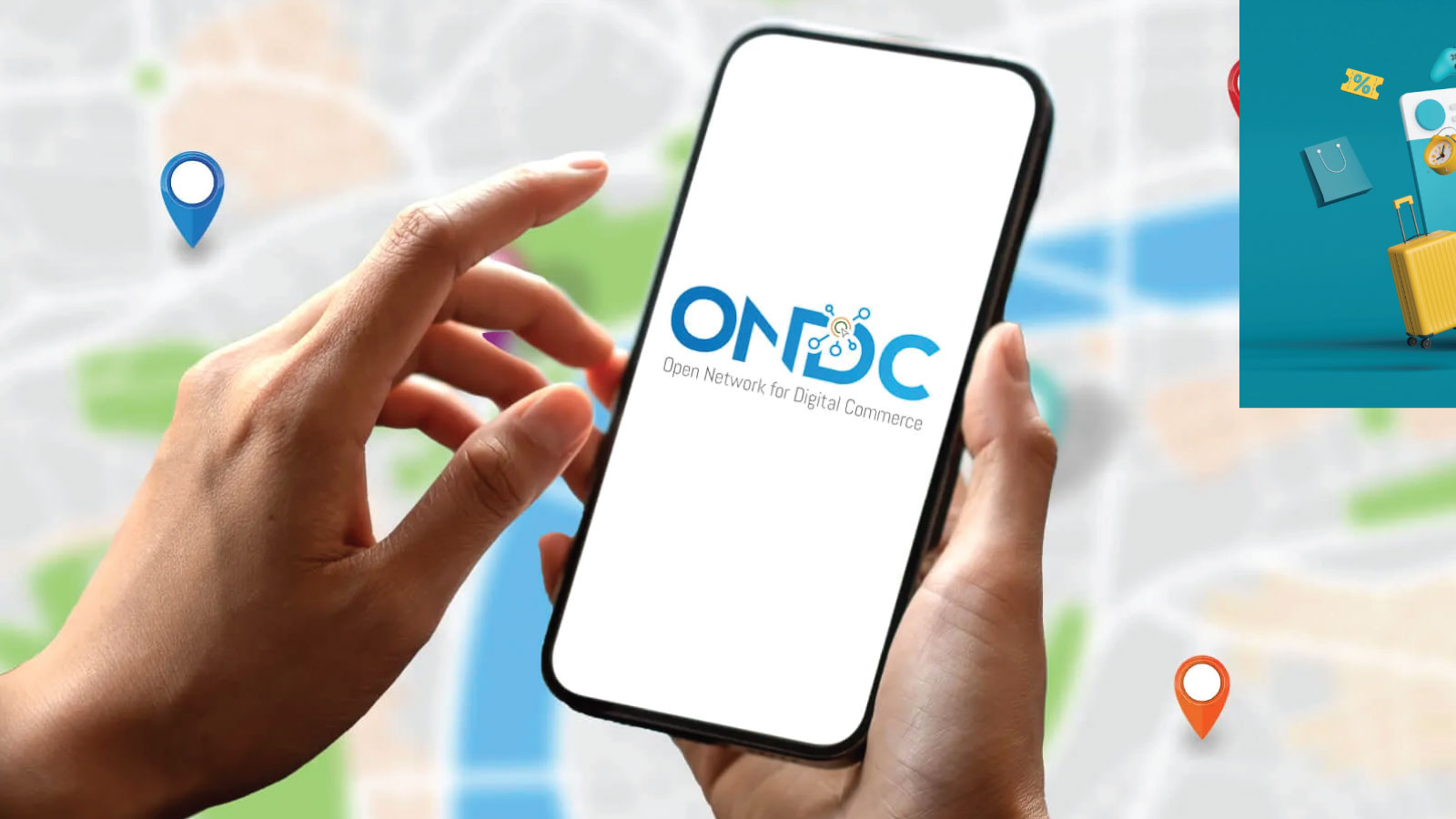The fast-emerging digital economy has become a supporting pillar of India’s growth in recent times. At 87%, India hits the highest FinTech adoption rate in the world against the global average of 64%. Realizing that India is a prime destination for digital payments and activities, the Government of India launched Open Network for Digital Commerce (ONDC) to democratize the country’s fast-growing digital e-commerce space.
In this blog, let us explore ONDC with in-depth details and understand how it will help transform the Indian e-Commerce space.
What is Open Network for Digital Commerce (ONDC)
Open Network for Digital Commerce (ONDC) is an open protocol network enabling local commerce segments, such as mobility, grocery, food order and delivery, hotel booking and travel, among others, to display their products and services from all participating e-commerce platforms in search results across all apps on the network.
Globally, ONDC is a first-of-its-kind initiative aiming to create new opportunities and curb digital monopolies by supporting micro, small and medium enterprises and small traders to get on online platforms while providing equal opportunities for consumers. It moves from a platform-centric model (where the buyer and seller use the same platform or application to be digitally visible and do a business transaction) to an open network.
Significance of ONDC
ONDC helps standardize operations like cataloguing, inventory management, order management and order fulfilment, making it simpler and faster for small businesses to be discoverable over the network and conduct business. With this protocol, buyers would have access to more sellers and quick deliveries due to access to hyper-local retailers. Below are some potential benefits of ONDC:
- Boost E-Commerce transactions:This will enhance the volume and the value of e-commerce transactions. The Government estimates that the Indian e-commerce market will grow to US$ 350 billion by the end of 2030, which seems much more achievable with ONDC.
- Promotes Competition:According to the Government, existing platforms are tightly controlled, keeping out many small players. However, ONDC will boost competition and foster innovation by start-ups through product and service displays from all participating e-commerce platforms. Furthermore, it will also help to end predatory pricing, especially in high-margin, high-value products.
- Freedom of Choice:ONDC can make e-commerce more inclusive and accessible for consumers. The platform can potentially discover any seller, product or service by using any compatible application or platform.
- Cost Reduction for Sellers: ONDC will enable small businesses to use any compatible applications instead of specific platform-centric policies. It will provide multiple options to small businesses to acquire what’s needed to be discoverable over the network without paying deep cuts to aggregator platforms.
- Attracts Investment: Businesses will benefit from transparent rules, lightweight investment, and lower cost of business acquisition. Their time-to-market and time-to-scale shall also substantially reduce attracting greater investment in the e-commerce space.
How is ONDC different?
ONDC is trying to replicate the success of the Unified Payment Interface (UPI) in the field of Digital Payment. Under ONDC, it’s predicted that a buyer registered on a participating e-commerce site might purchase goods from a seller on another participating e-commerce site. With this open network, the concept extends beyond the retail sector to any digital commerce domains, including wholesales, mobility, food delivery, logistics, travel, urban service, etc.
What lies ahead?
ONDC was rolled in 5 cities, including Delhi NCR, Bengaluru, Bhopal, Shillong, and Coimbatore. According to the reports, based on the pilot exercise and after the network stabilizes, ONDC will be expanded to 100 cities to accommodate 30 million sellers and 10 million merchants online. With this, top banks and other financial institutions will commit to a combined initial investment of 2.55 billion rupees ($32.8 million) in the ONDC project.
ONDC can fulfil India’s aspiration to become a middle-income economy that is digitally unified. It also offers a vital global template for harnessing the technology for and as a public good at a population scale inclusively and equitably.
